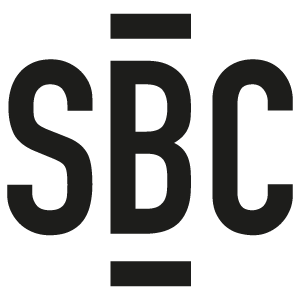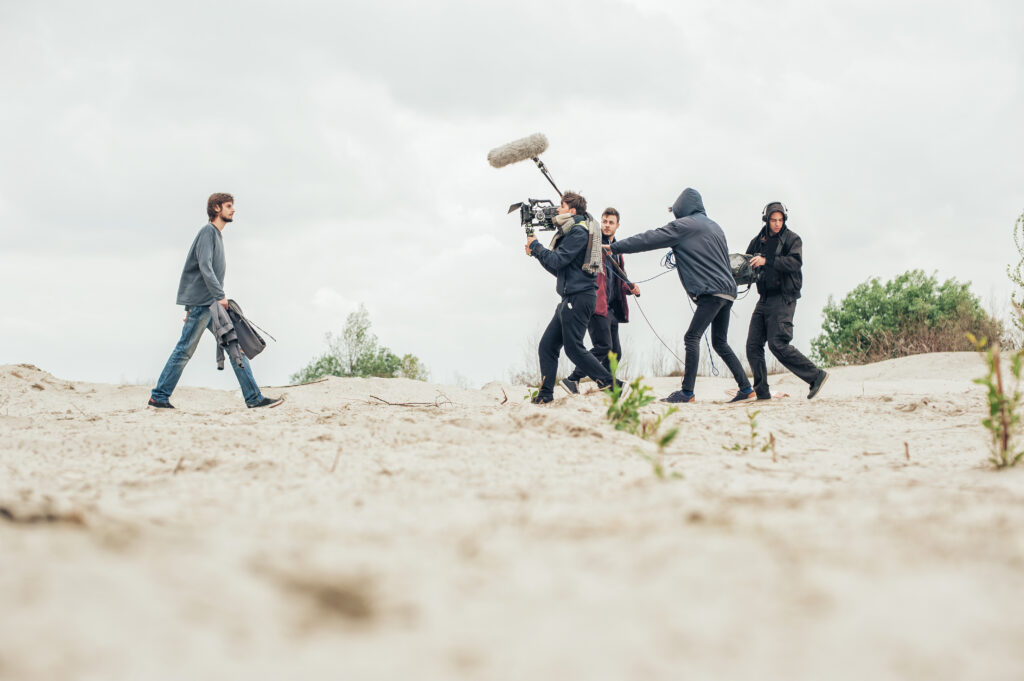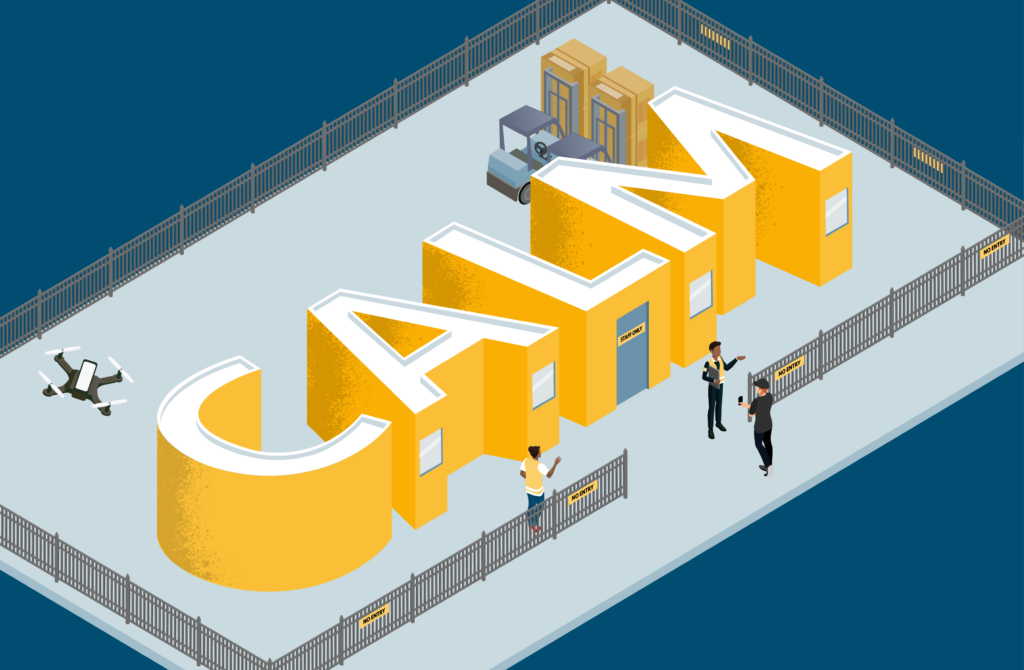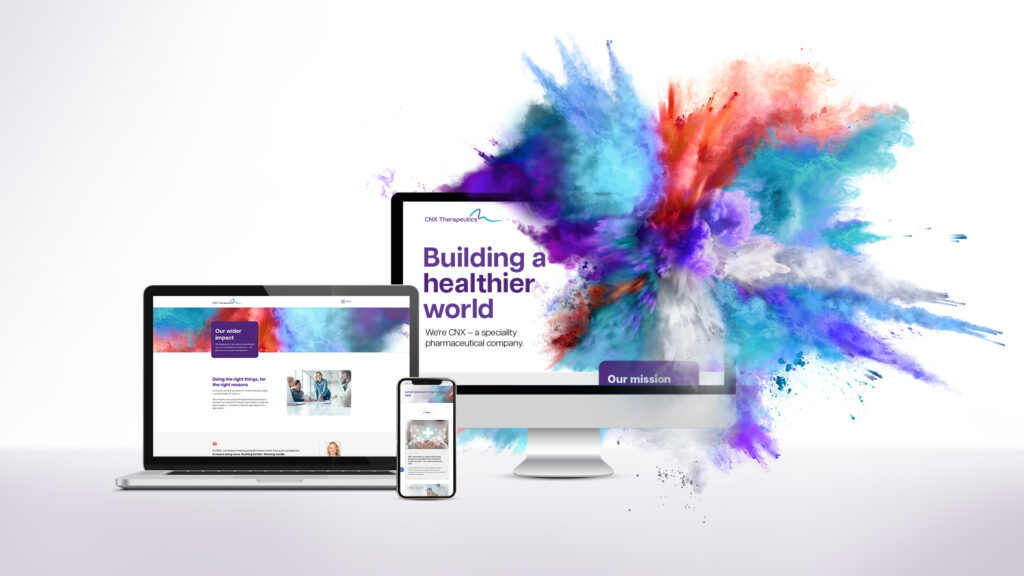Ease, clarity, action, and engagement
Change communication is hard.
The status quo is safe and changing it risks a loss – and since all of us are naturally loss averse, the pull of inertia can leave people stuck in unhelpful habits.
Our communications are designed to break that inertia, and inspire action.

What we do
Tone of voice
Capturing your brand’s personality, and expressing it in words through practical writing techniques.
Change campaigns
Communications that inspire people to spearhead and champion new directions.
Internal comms support
Creating materials that keep people informed, engaged and inspired to be part of your business.
Our process
What makes tone of voice work
The secret to great change programmes
Habit formation is the key to change at scale. But to get to new habits, you have to start with new behaviours that people can easily adopt. Only then can people get used to them, see the value of them for themselves, and repeat them until they become habits.
Our change programmes are built around inspiring people to behave in new ways that become habits over time.

The anatomy of an SBC
change programme
Inside the insights:
Behavioural techniques
Storyteller Bias
We remember and believe information given to us as stories, especially when they involve conflict but end on an emotional high.
Foot in the Door Effect
Committing to something small now makes it more likely you’ll commit to something larger later.
Fluency Effects
Statements that are easier to understand are easier to believe. So write as simply as possible, but no simpler.
Reciprocity
We’re hardwired to return generosity shown to us. Be generous first and people will pay you back in kind(ness).
Reactance
When people feel manipulated or pushed into action, they push back. Go with the grain of human behaviour and what people already want to do.
Framing
The way you present information can have huge influence on whether it’s perceived as an opportunity or a threat.
Mere-Exposure Effect
‘Hmm, this album’s a grower…’ It’s true! The more we experience something, even something we don’t like at first, the more we grow to like it over time.
Authority Bias
We listen more to those we respect, and we’re more likely to do what they say.
Certainty Effect
People highly value certainty over change, and in change, certainty is scarce. Give people guarantees of what the future will look like, and they’ll be more likely to come with you.
Confirmation Bias
When we have a pre-existing opinion, we seek out information that validates it and ignore information that doesn’t. So harness existing opinion, and use it to validate your message.
Loss Aversion
Because losses feel twice as painful as gains feel good, we naturally avoid losses wherever possible. Emphasising loss can frame messages in ways that inspire action.
Picture Superiority Effect
We remember images far better than we remember words. Consistent use of images coupled with content makes your messaging more memorable.
Spacing Effect
Messages are easier to remember when they’re repeated over time and across environments.
IKEA Effect
We value products and ideas that we’ve had some part in creating, so involve people in ideas while they’re developing so they’re with you when you launch.
Latest insights
Filter
Recent case studies
Filter
Curious to know more?
Get in touch for a chat.
SBC is a registered member of the
Global Association of Applied Behavioural Scientists







